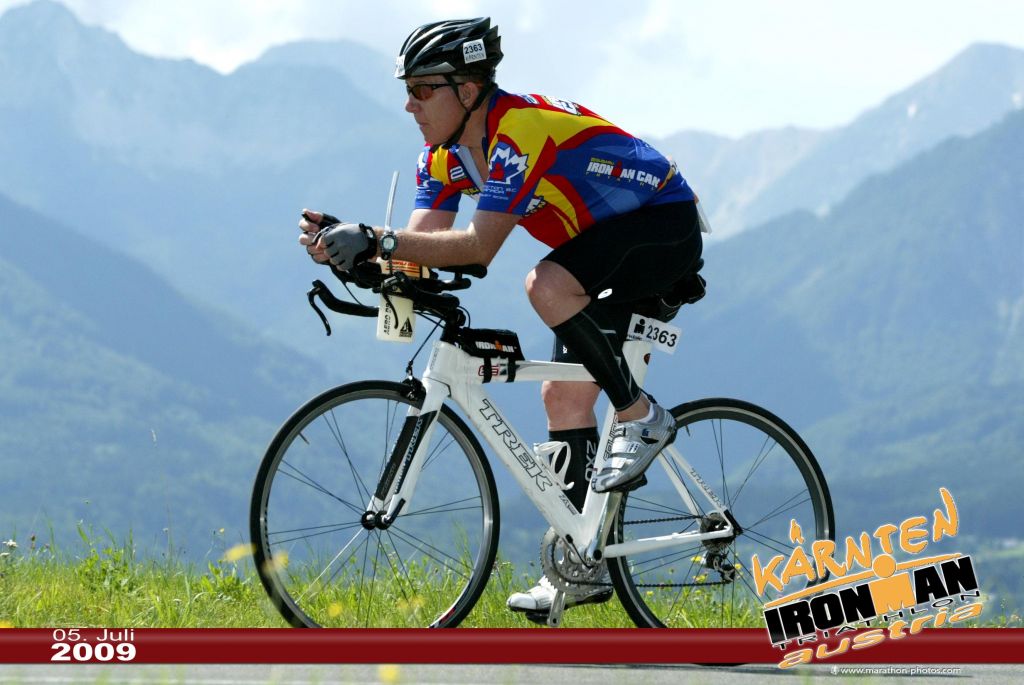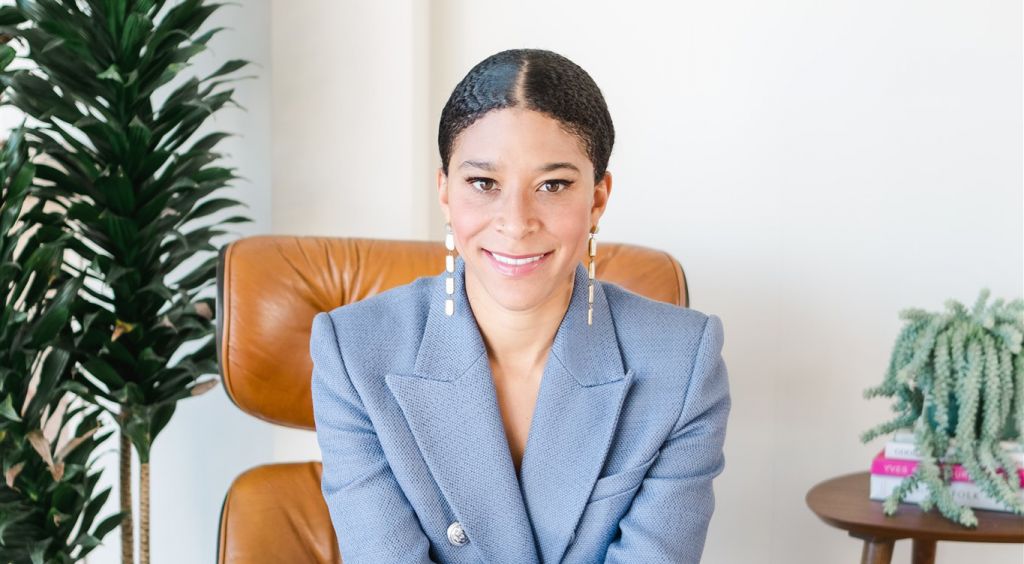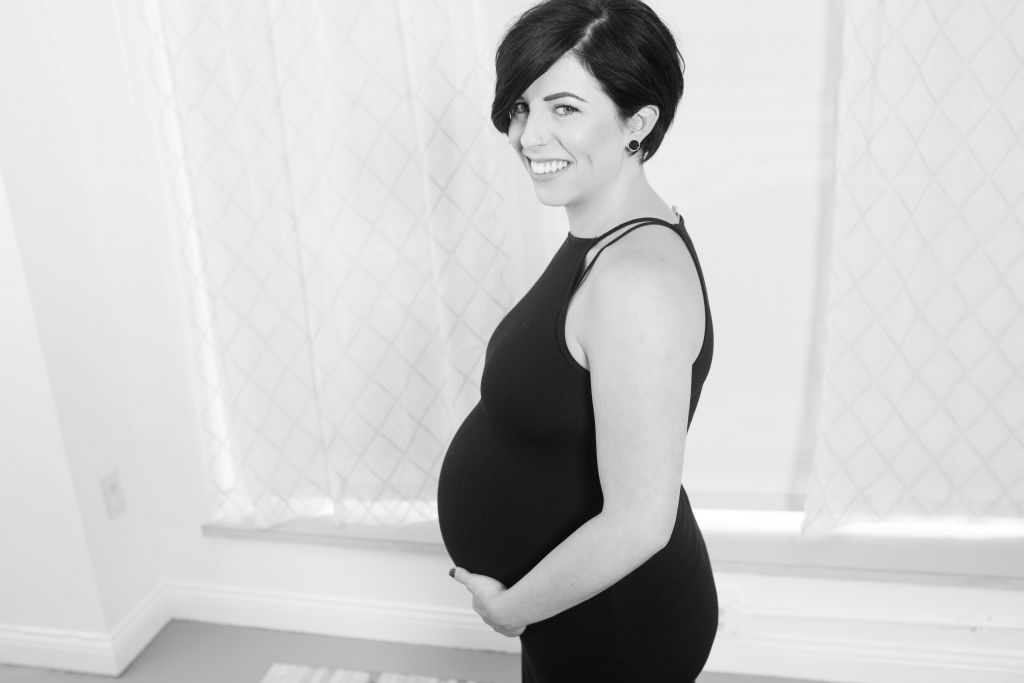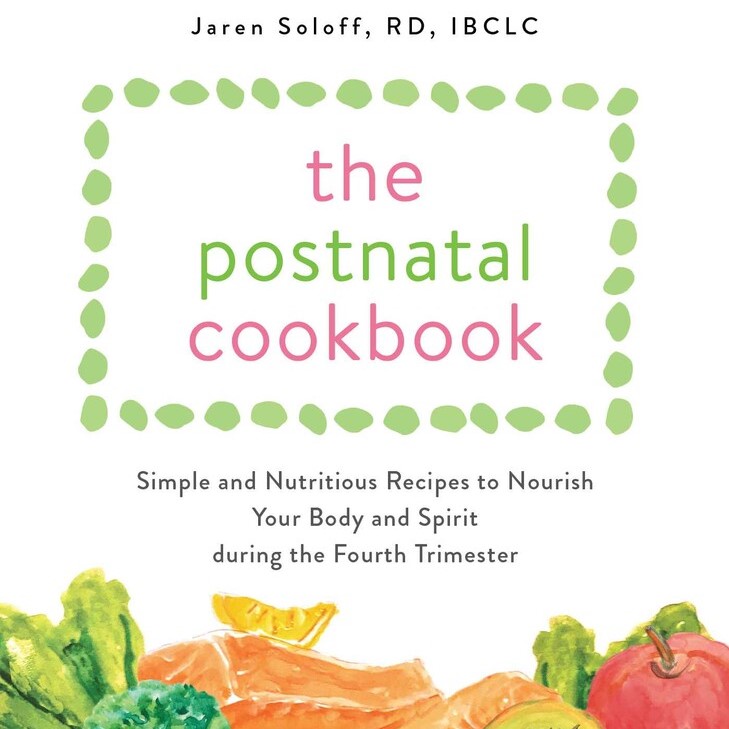Meet Endira, our newest postpartum doula!

As you know, when we bring a new person onto the Gold Coast Doulas team we love to find out more about them and share that with you! Endira comes to us with tons of passion for working with families, and also tons of great experience. Let’s find out more about her! What did you […]
Train for birth the way you would for an Ironman: Podcast Episode #134

Dave Howlett, founder of Real Human Being, talks to us about how elite athletes prepare mentally and physically and so should parents before birth. You can listen to this complete podcast episode on iTunes, SoundCloud, or wherever you find your podcasts. Welcome. You’re listening to Ask the Doulas, a podcast where we talk to experts […]
Pubic Symphysis Pain In Pregnancy

What is it? Pain in the groin or pubic region. In pregnancy, your ligaments increase in laxity to allow more movement of the pelvis in preparation for childbirth. Add the increased weight from the growing baby and you can end up with pain in the pubic region! What to do: Avoid activities that cause your […]
Talking About Tricky Topics With Your Caregivers: Podcast Episode #133

Today we discuss the importance of having difficult conversations with your nanny or caregiver. Joining us is Carol Kramer Arsenault of Boston Baby Nurse & Nanny. You can listen to this complete podcast episode on iTunes, SoundCloud, or wherever you listen to podcasts. Welcome. You’re listening to Ask the Doulas, a podcast where we talk […]
Cord Blood Banking: Podcast Episode #132

Today, we sit down with Kathryn Cross, CEO & Founder of Anja Health to discuss the importance and practical uses of umbilical cord blood. You can listen to this complete podcast episode on iTunes, SoundCloud, or wherever you listen to podcasts. Welcome. You’re listening to Ask the Doulas, a podcast where we talk to experts […]
Meet our new birth and postpartum doula, Angel!

What did you do before you became a doula? I have been working in health care since I graduated high school. I started off as a CNA working with geriatric populations in a facility. I then because a nursing assistant in adult acute care in the hospital while I went to nursing school. I have […]
Pelvic Floor: Managing Pain with Intercourse – Podcast Episode #131

Joining us today is Amanda Seymour and Katie Thomas from Hulst Jepsen Physical Therapy. We discuss the issue of painful intercourse, its causes and the importance of speaking up among those who are impacted. You can listen to this complete podcast episode on iTunes, Spotify, or SoundCloud. Welcome. You’re listening to Ask the Doulas, a […]
6th Annual Diaper Drive Results Are In!

The final numbers are in for the Gold Coast Doulas LLC diaper drive for Nestlings | Diaper Bank of West Michigan. We collected 8,601 disposable diapers and 74 wipes. These diapers are packed in groups of ten to impact families in need. We are thankful to all of our clients and community members who donated from September 1st […]
Managing a High-Risk Pregnancy: Podcast Episode #130

Kristin and Alyssa talk with Nathalie Walton, CEO of the Expectful App about managing a high risk pregnancy. Go to www.expectful.com/ask-the-doulas promocode ASKDOULAS to get your first month of Expectful for just $1. You can listen to this complete podcast episode on iTunes or SoundCloud. Welcome. You’re listening to Ask the Doulas, a podcast where […]
6th Annual Diaper Drive to Benefit Local Families in Need

Gold Coast Doulas is holding our 6th annual Diaper Drive from September 1st to October 3rd, 2021. Giving back is an important foundation of our business as a Certified B Corporation; clean diapers make a significant impact on the health of new families and our giving focus is on supporting low-income women and children. One in […]
Depression, Depletion, and Mourning Our Previous Life: Podcast Episode #129

Alyssa talks with Maranda Bower, Postpartum Bliss Coach, about the difference between depression, depletion, and mourning our previous life. How do our bodies change during pregnancy and how can we best support healing? You can listen to this complete podcast episode on iTunes or SoundCloud. Welcome. You’re listening to Ask the Doulas, a podcast where […]
Birth Coach Method: Podcast Episode #128

Kristin talks with Neri Life Choma, Author and Founder of Birth Coach Method. They discuss the difference between a Childbirth Educator, Birth Doula, and a Birth Coach. They also talk about transforming birthing person’s expectations from the “perfect natural birth” to a “positive birth experience.” You can listen to this complete podcast episode on iTunes […]
Postpartum Physical Therapy: Podcast Episode #127

Alyssa talks with Amanda and Katie, Women’s Health Physical Therapists at Hulst Jepsen Physical Therapy, about postpartum physical therapy and what pelvic floor physical therapy looks like after having a baby. We talk about incontinence, diastasis recti, symphysis pubic dysfunction, constipation, and so much more! You can listen to this complete podcast episode on iTunes […]
Meet Alyssa Zapata, Certified Birth Doula!

Alyssa used to work with us as a placenta encapsulator and is now back with Gold Coast, this time as a birth doula! What did you do before you became a doula? I worked in the hospitality industry at restaurants, B&B’s, and assisting wedding planners. I also became a momma to my oldest who will […]
Becoming a Mother: Sarah’s Story – Podcast Episode #126

Kristin talks with Sarah Baker, a current client and student in our BECOMING a Mother course, about her concerns with her second pregnancy/delivery and why she chose to hire a birth doula as well as invest the time in a 6-week online course. Welcome. You’re listening to Ask the Doulas, a podcast where we talk […]
The BECOMING Course: Amber’s Story – Podcast Episode #125

Kristin & Alyssa talk with Amber Shaw, a recent student in The BECOMING a Mother online series of classes, about some fears she had with her second pregnancy and why she took this course. You can listen to this complete podcast episode on iTunes or SoundCloud. Welcome. You’re listening to Ask the Doulas, a podcast […]
The Lymph System and MLD Therapy: Podcast Episode #124

Kristin talks with Megan Michelotti CD (DONA) about the lymph system and manual lymphatic drainage (MLD) and how it can be helpful prenatally as well as postpartum. You can listen to this complete podcast episode on iTunes or SoundCloud. Welcome. You’re listening to Ask the Doulas, a podcast where we talk to experts from all […]
Natural Hospital Birth: Podcast Episode #123

Kristin Revere, co-owner of Gold Coast Doulas talks with Cynthia Gabriel, author of Natural Hospital Birth, about her experience as a doula and health care provider for women, supporting natural hospital births. You can listen to this complete podcast episode on iTunes or SoundCloud. Welcome. You’re listening to Ask the Doulas, a podcast where we […]
What is Art Therapy? Podcast Episode #122

Alyssa talks with Janna VanderBand, an art therapist in West Michigan. We learn what art therapy is and how mothers, in any stage of their journey from fertility and conception to pregnancy and postpartum, can use art therapy to heal. You can listen to this complete podcast episode on iTunes or SoundCloud. Welcome. You’re listening […]
Welcome to Fatherhood: Podcast Episode #121

Kristin talks with David Arrell, author of Welcome to Fatherhood. He talks about why he wrote the book then gets into some great tips for Dads and how to best support Mom! This one is a must listen! You can listen to this complete podcast episode on iTunes or SoundCloud. Welcome. You’re listening to Ask […]
Urinary Incontinence: Podcast Episode #120

Amber and Katie from Hulst Jepsen Physical Therapy talk with Alyssa again about women’s health pelvic floor rehab with a focus on urinary incontinence. You can listen to this complete podcast episode on iTunes or SoundCloud. Welcome. You’re listening to Ask the Doulas, a podcast where we talk to experts from all over the country […]
Meet Heidi – our newest birth & postpartum doula!

What did you do before you became a doula? I have a background in healthcare management. However, for the past 6.5 years I have managed a law firm dealing in personal injuries. I am also a yoga teacher specializing in prenatal, postpartum, and fertility yoga. What inspired you to become a doula? It took […]
Valerie Lynn – The Mommy Plan: Podcast Episode #119

What is eco postnatal care? Valerie Lynn, author of The Mommy Plan, tells us how to nourish and heal a postpartum body. You can listen to this complete podcast on iTunes or SoundCloud. Welcome. You’re listening to Ask the Doulas, a podcast where we talk to experts from all over the country about topics related […]
The Postnatal Cookbook: Podcast Episode #118

Jaren Soloff RD, IBCLC talks to Kristin about her new book The Postnatal Cookbook and the importance of nutrition during pregnancy and especially postpartum. You can listen to this complete podcast episode on iTunes or SoundCloud. Welcome. You’re listening to Ask The Doulas, a podcast where we talk to experts from all over the country […]
